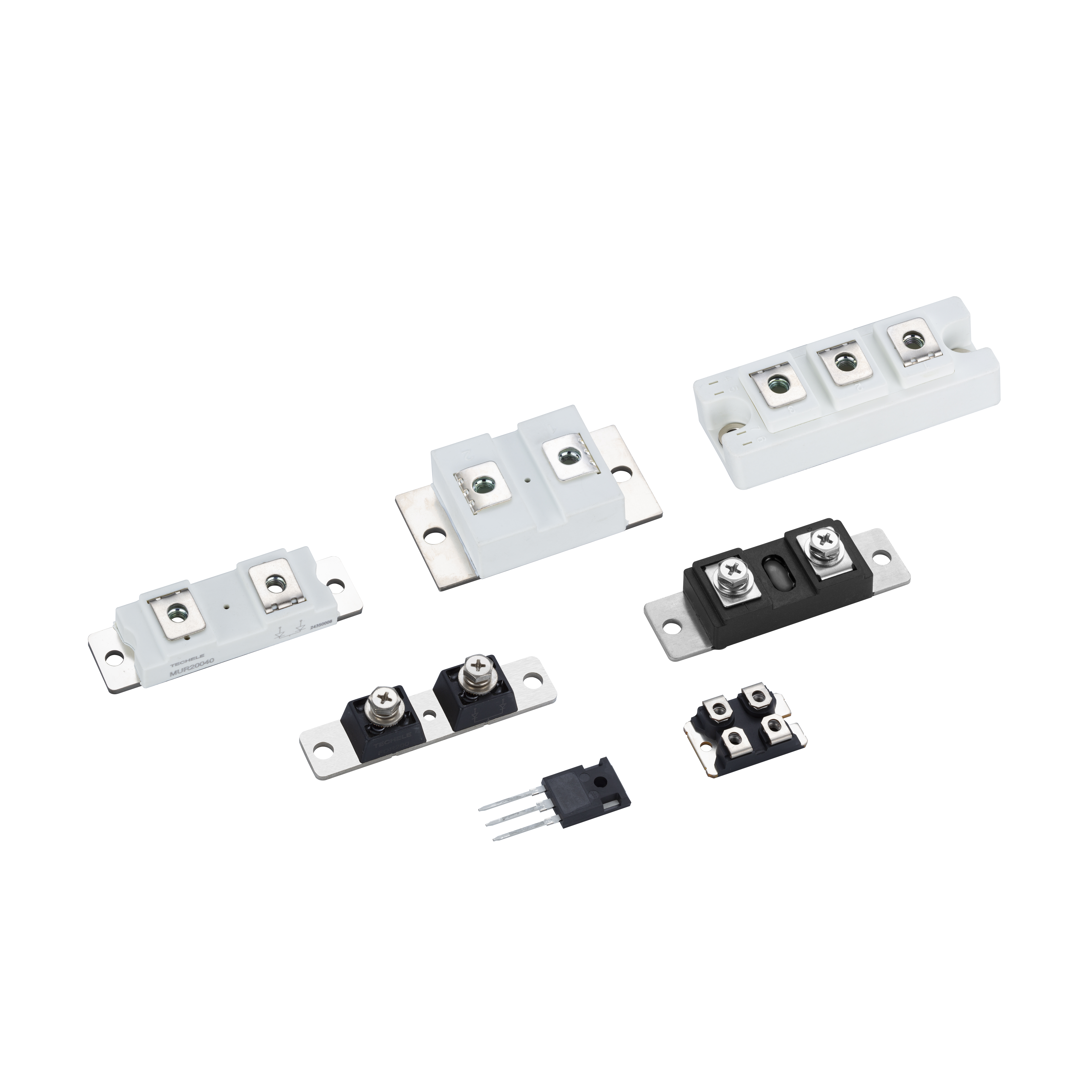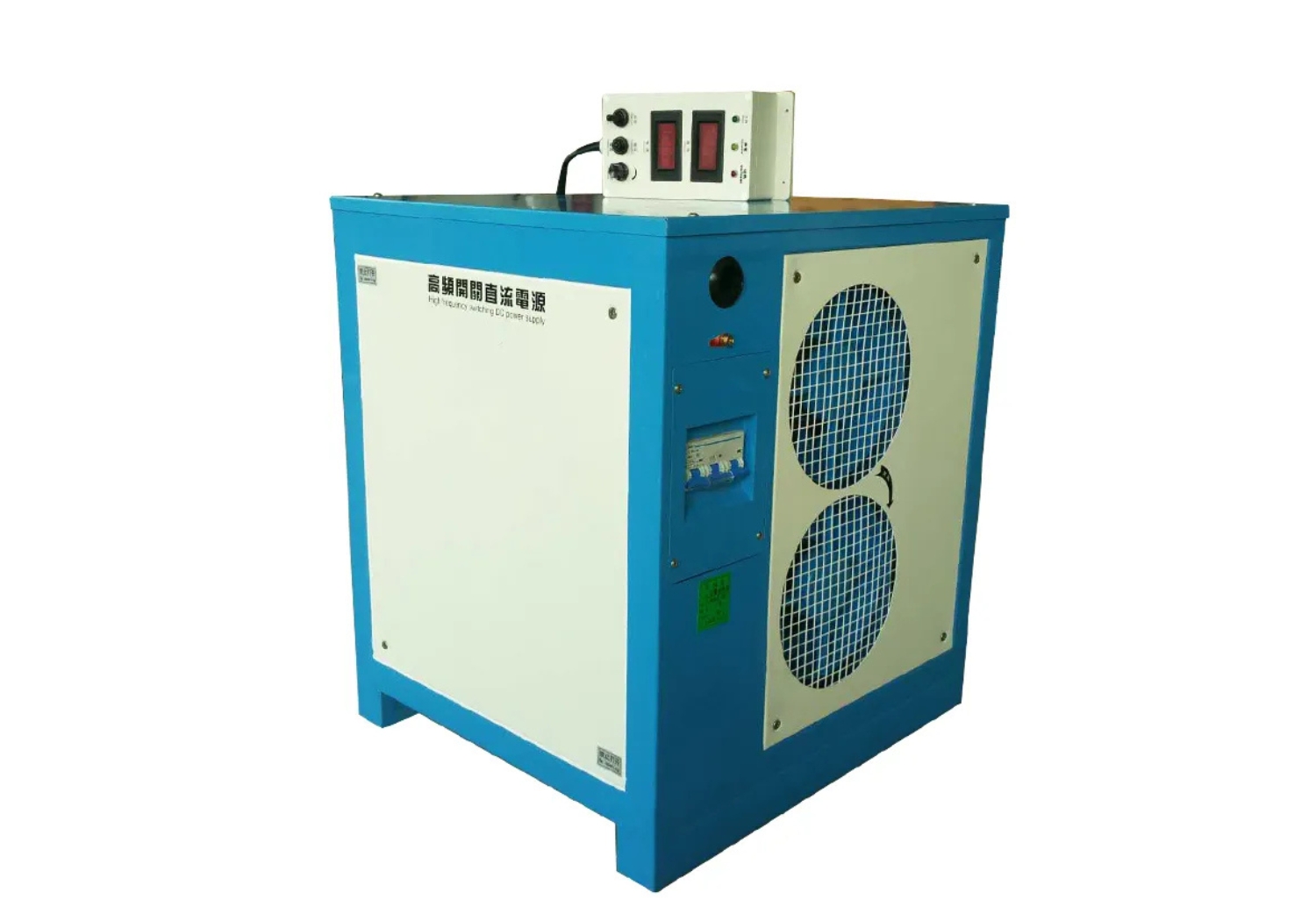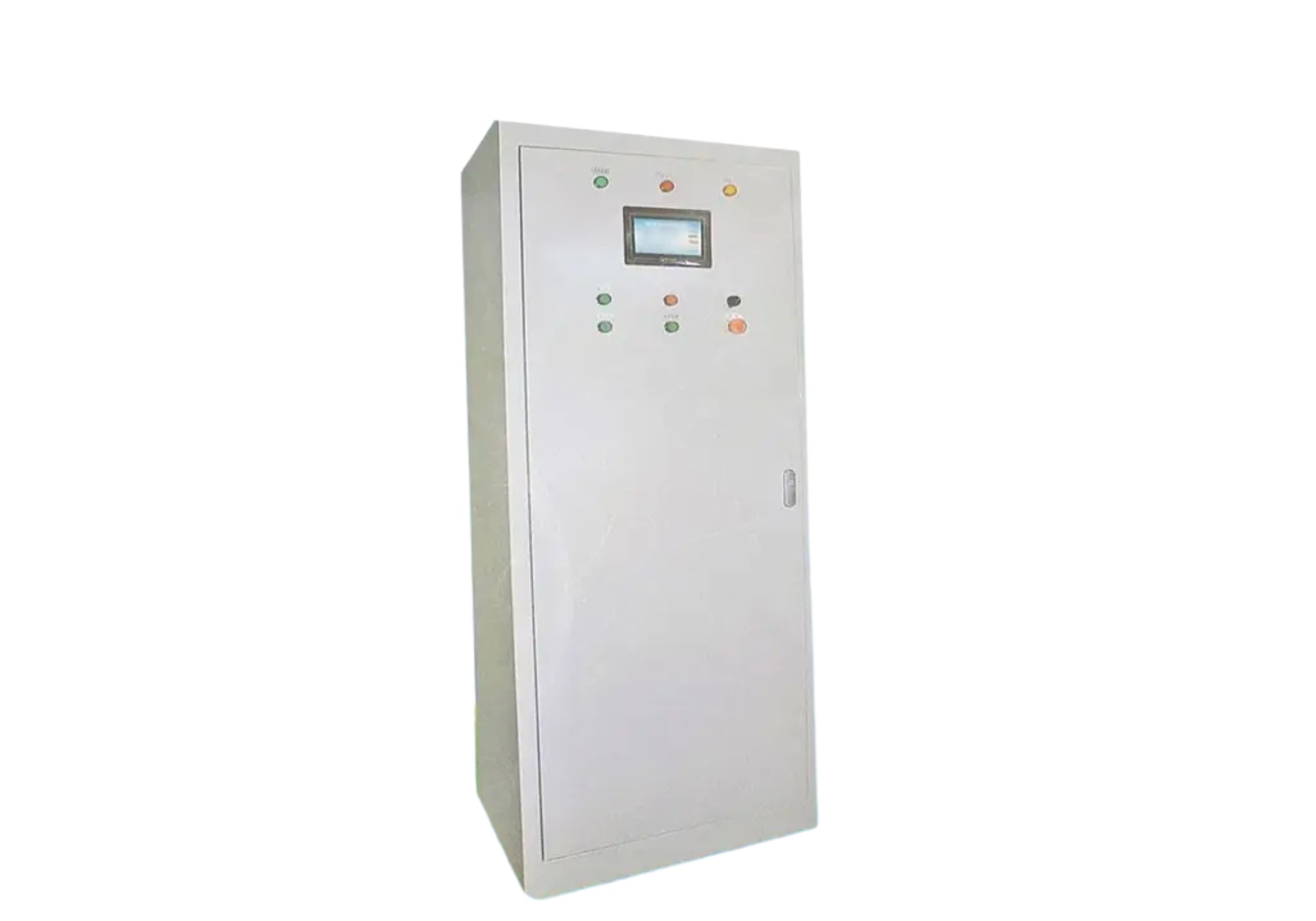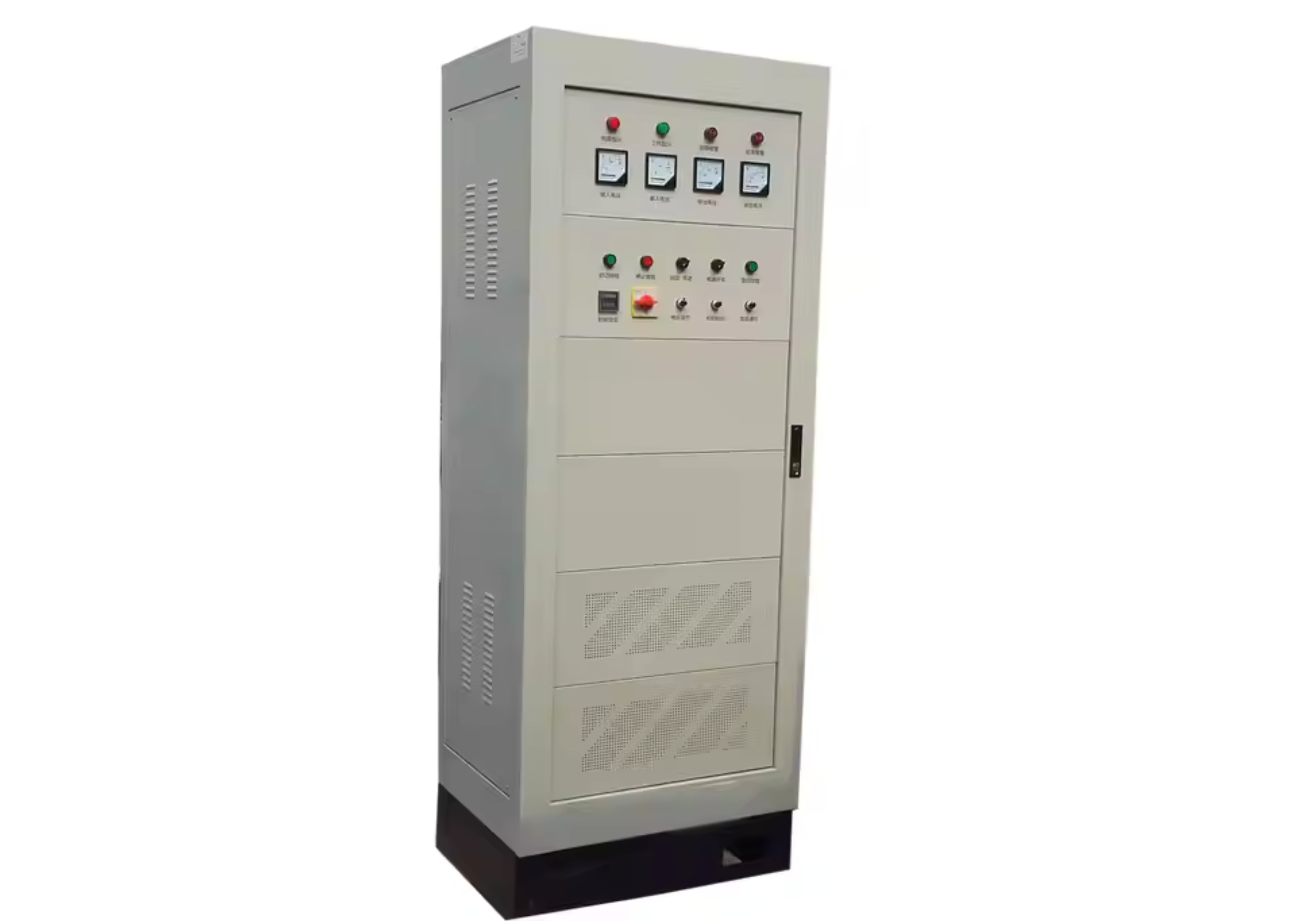Thyristor Snubber and Surge Protection in EV Charging, Radar, and Laser Systems
Power-sensitive systems like EV chargers, radar, and laser applications demand extreme precision and protection from electrical stress. These systems frequently use dual thyristor modules for their ability to handle high surge current and operate under low on‑state voltage. To safeguard such setups, integrating properly tuned RC snubbers and overvoltage protection circuits is critical, especially in industrial phase control environments.
The Importance of Snubbers in Pulse-Sensitive Applications
In radar and laser applications, timing and signal integrity are everything. A poorly managed transient can distort signal pulses or reduce lifespan of critical components. An RC snubber across each thyristor ensures smooth turn-on and turn-off, suppresses oscillation, and keeps dv/dt within safe limits.
For EV chargers, particularly fast chargers, large power transfers and grid interactions can produce voltage spikes that threaten thyristor reliability. Snubbers protect against switching stress, ensuring continuity and efficiency, especially during charging start or dynamic load shifts.
These RC networks must be matched to the specific gate characteristics and load inductance of each module. Using thyristors with low on‑state voltage is beneficial, but only if the snubber doesn't introduce excessive additional losses.
Overvoltage Clamping and Grid-Linked Protection
Grid-connected systems like EV chargers and fixed radar installations are particularly vulnerable to overvoltage conditions—from lightning, utility switching, or resonance. Surge protection devices like MOVs and TVS diodes are employed in parallel with thyristors to clamp these excursions.
In laser control circuits, repetitive pulsing can lead to cumulative stress across components. Snubbers combined with overvoltage clamps ensure the voltage seen by thyristor gates never exceeds breakdown thresholds—thus preserving synchronization and accuracy.
Dual thyristor modules designed for industrial phase control need tight voltage clamping because their low on‑state voltage leaves narrow margins before destructive levels are reached.
Application-Driven Snubber Design
Each use case demands different RC tuning. EV chargers need energy-dense snubbers capable of absorbing fast, high-magnitude pulses, while radar systems require ultra-fast response and noise immunity, often achieved through compact, surface-mount designs.
Laser systems prioritize consistency and thermal control—here, snubber resistors must not drift with temperature, and capacitors must have low equivalent series resistance (ESR) to reduce ripple and support clean pulse delivery.
In all cases, high surge current scenarios must be modeled to ensure snubbers do not overheat or saturate during fault events.
Integration and Smart Monitoring
Modern thyristor modules often support integrated snubber terminals, simplifying layout and improving reliability. For EV charging stations, smart diagnostics can monitor surge events and snubber performance, triggering maintenance before failure occurs.
Radar and laser systems benefit from compact snubber modules that reduce parasitic inductance and can be embedded in power distribution PCBs for minimal signal delay.
Using low on‑state voltage thyristors ensures energy savings, but makes the system more sensitive to transient voltage—making the presence of both an optimized RC snubber and surge protector indispensable.
Conclusion
Whether powering a next-gen EV charger, a precision radar sensor, or a high-speed laser system, the success of dual thyristor modules depends heavily on the protection afforded by well-engineered RC snubbers and overvoltage circuits. These systems must endure high surge current, support fast switching, and operate efficiently under low on‑state voltage conditions—all while maintaining the timing, accuracy, and safety standards required in cutting-edge applications.






